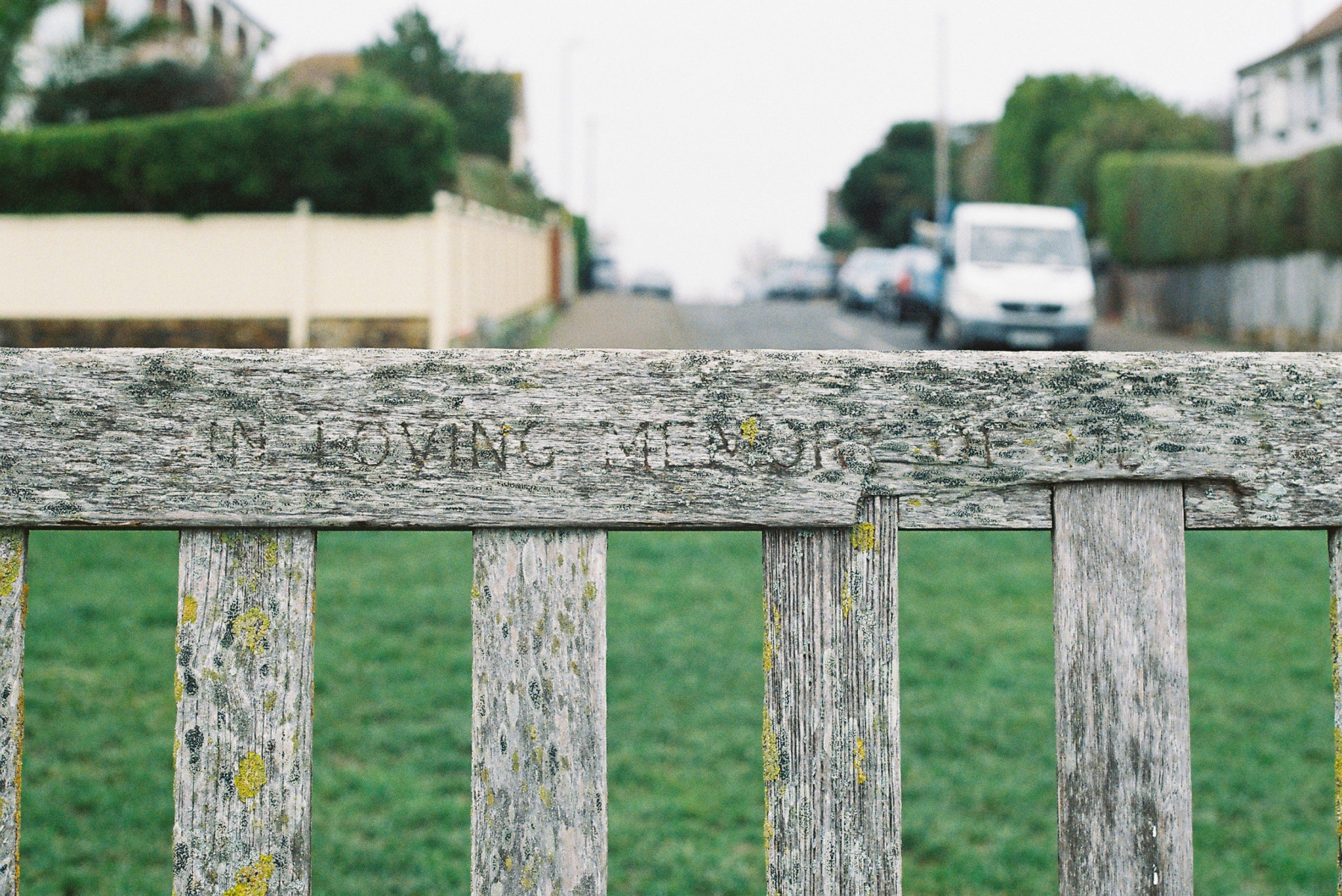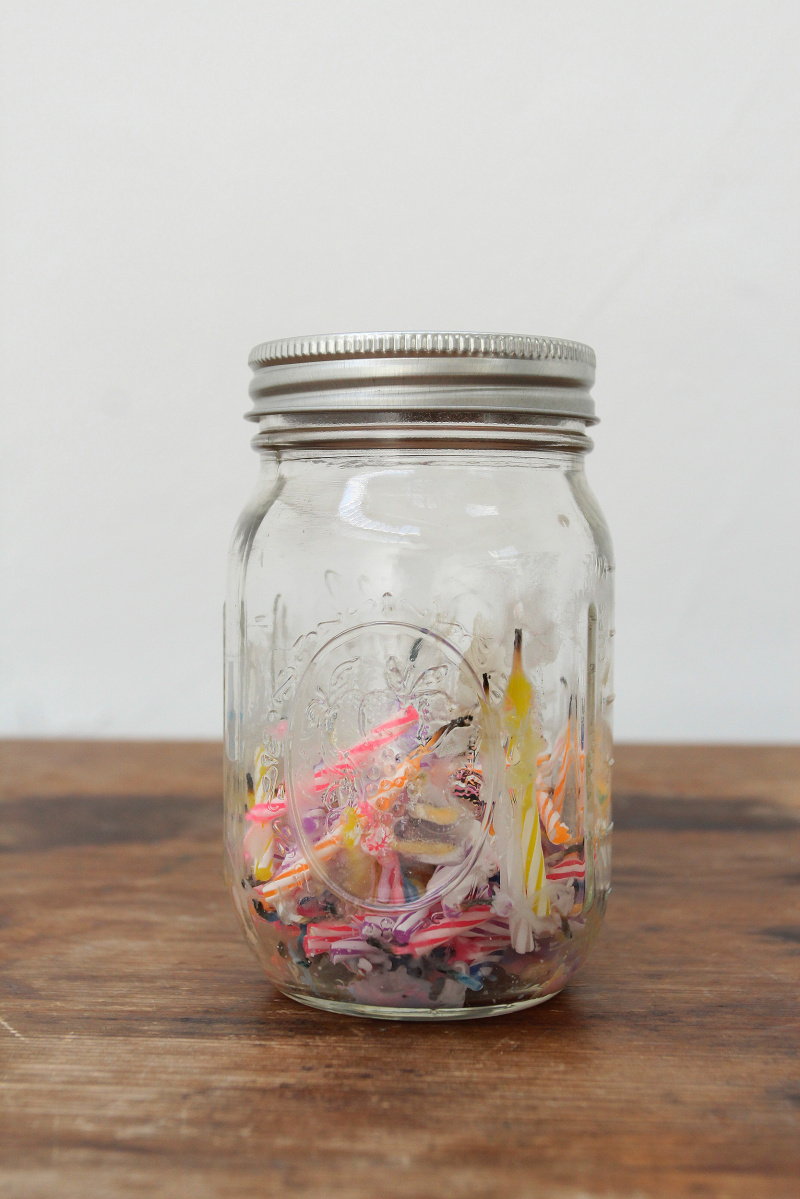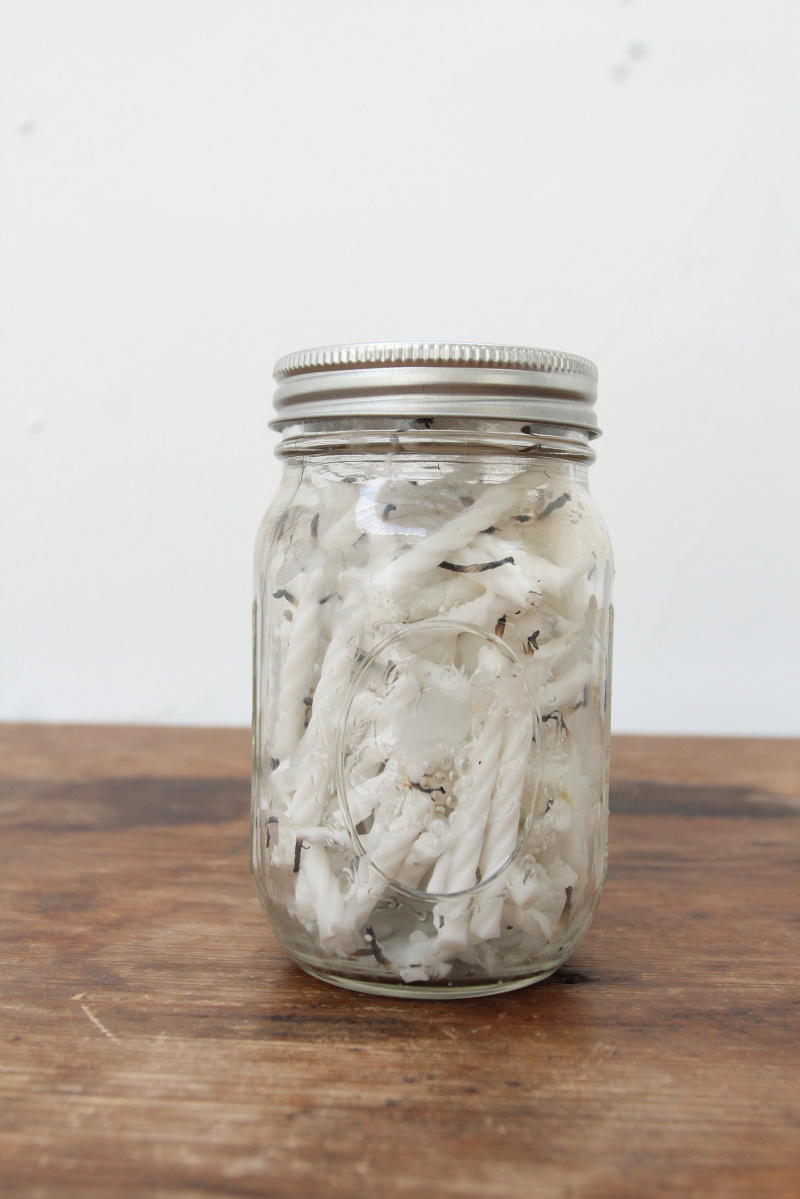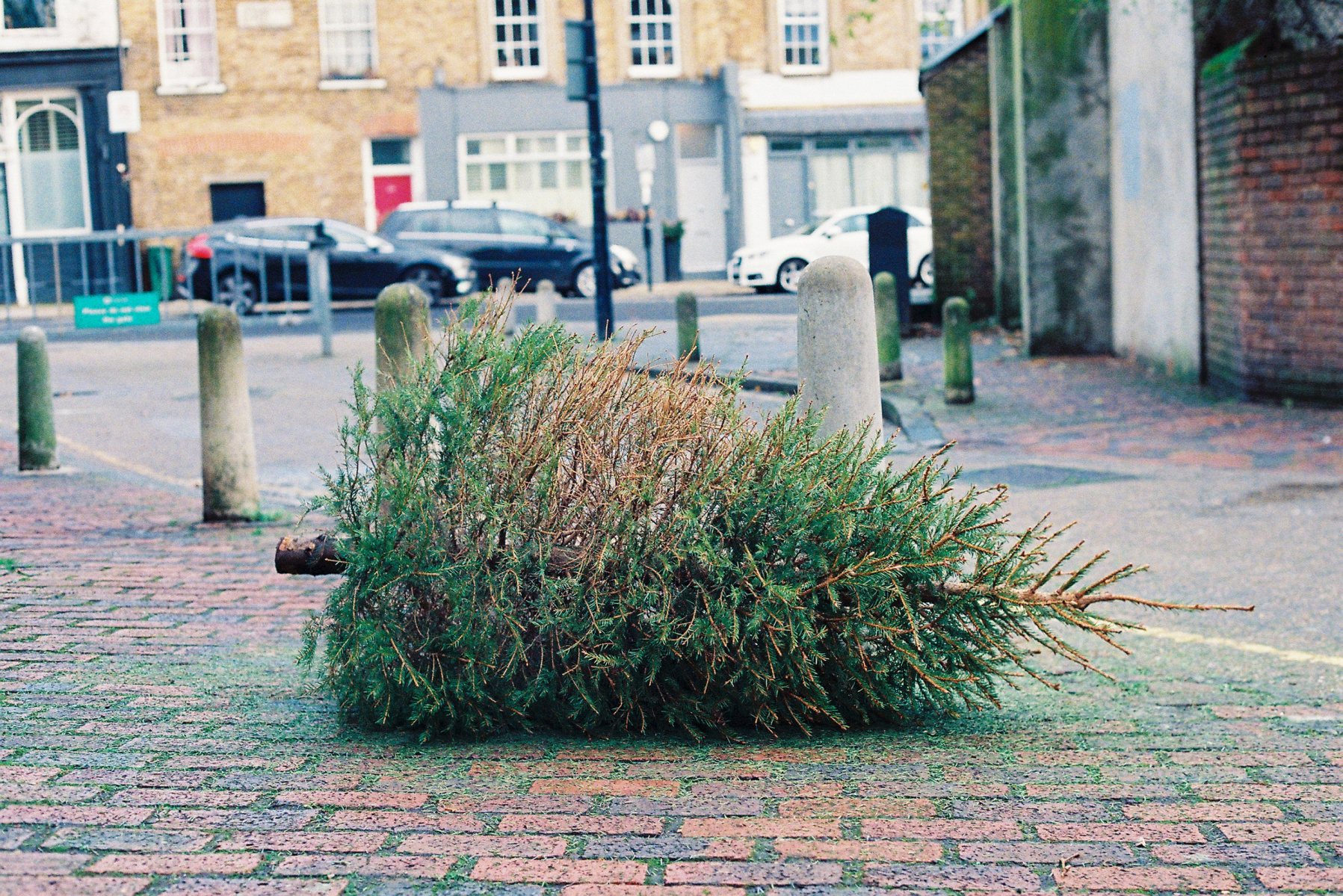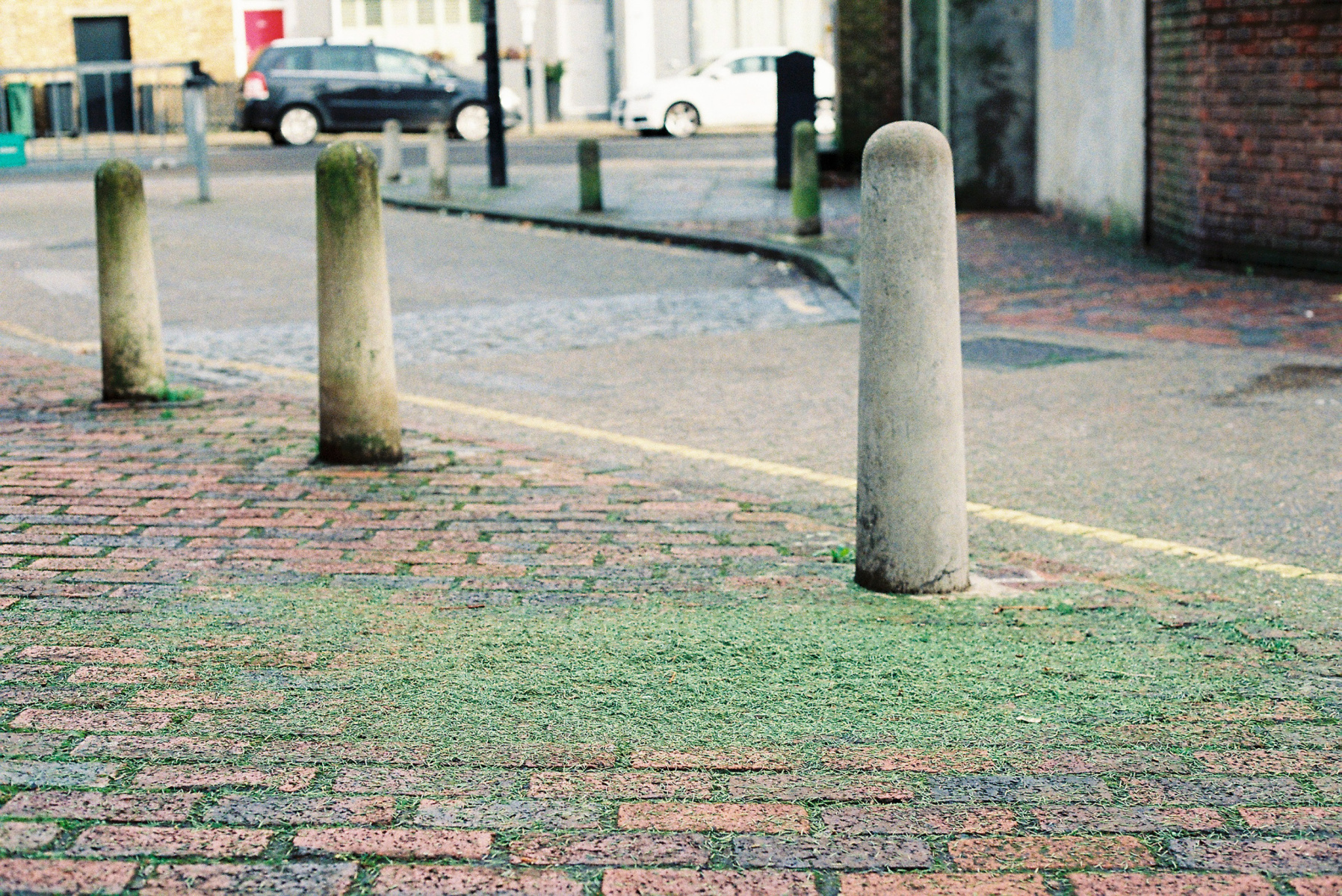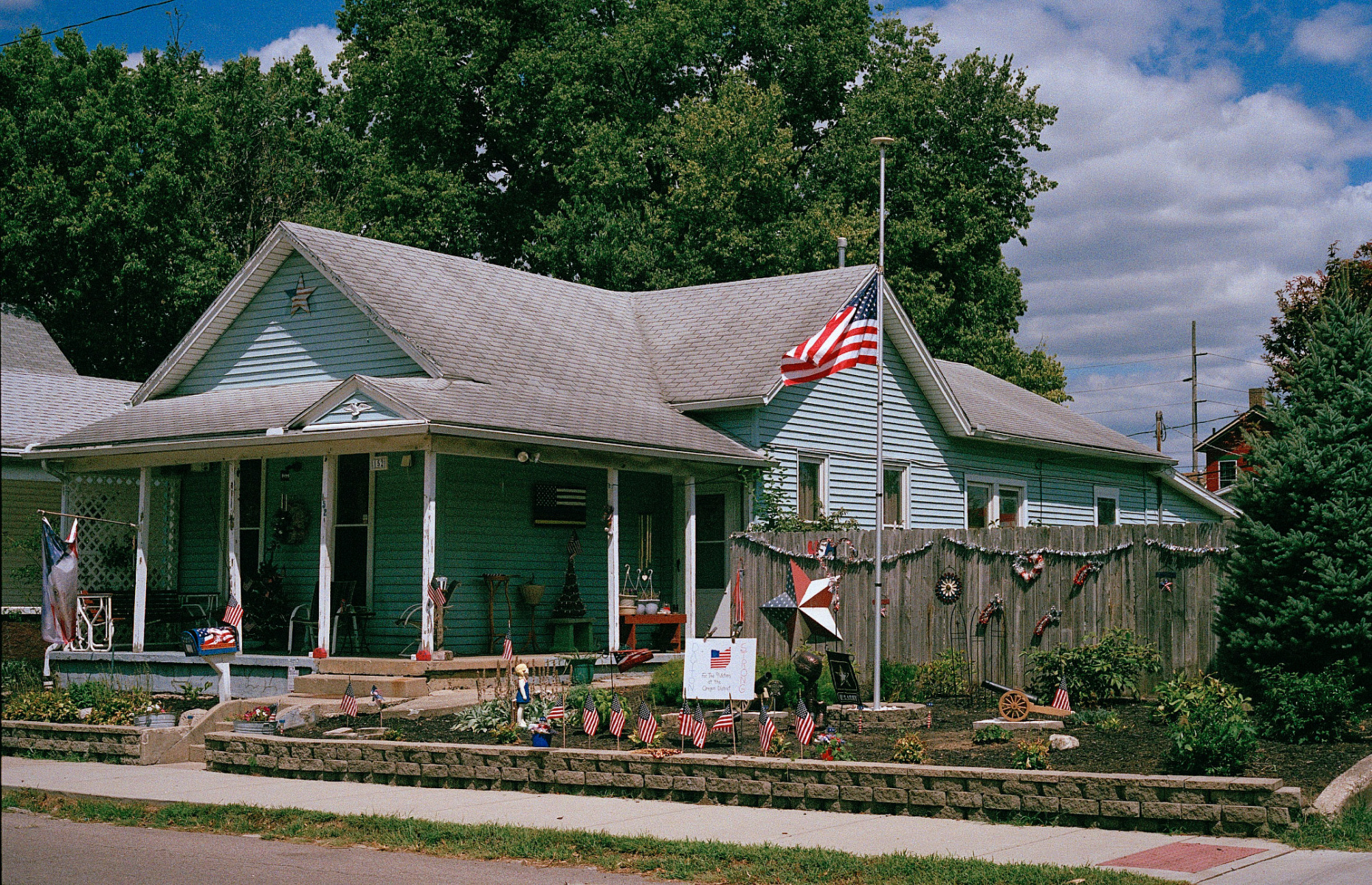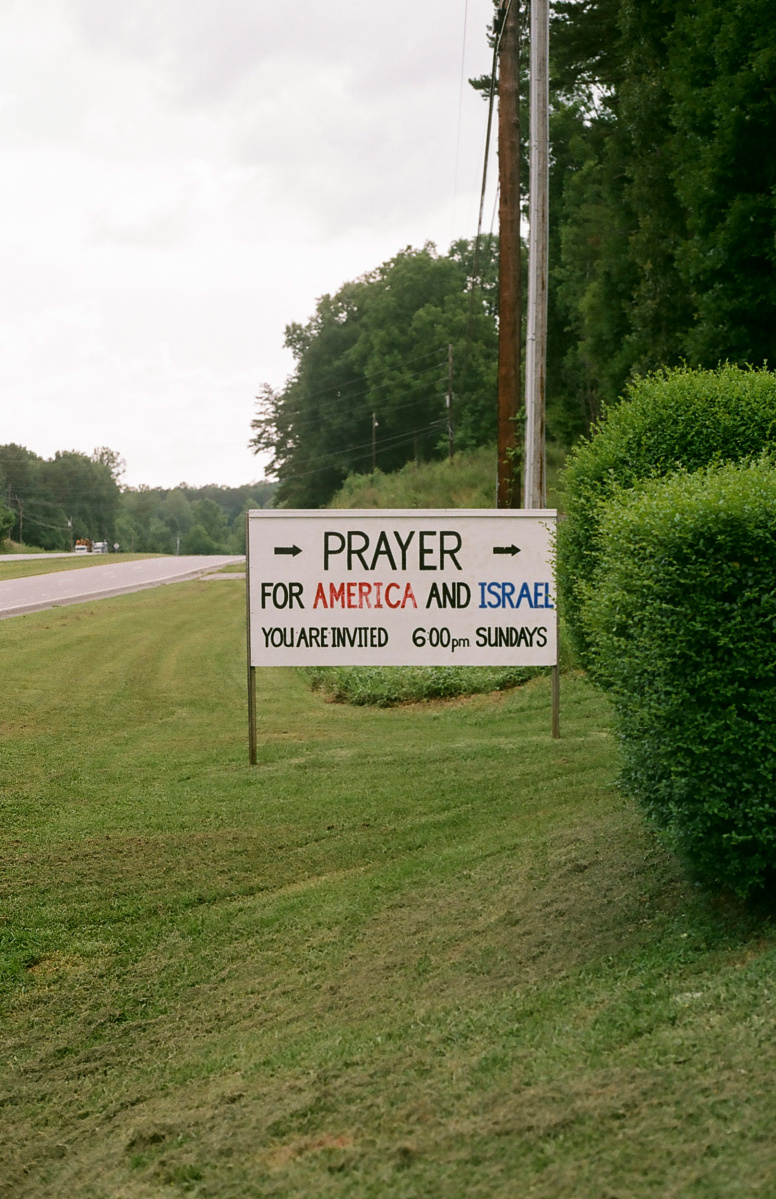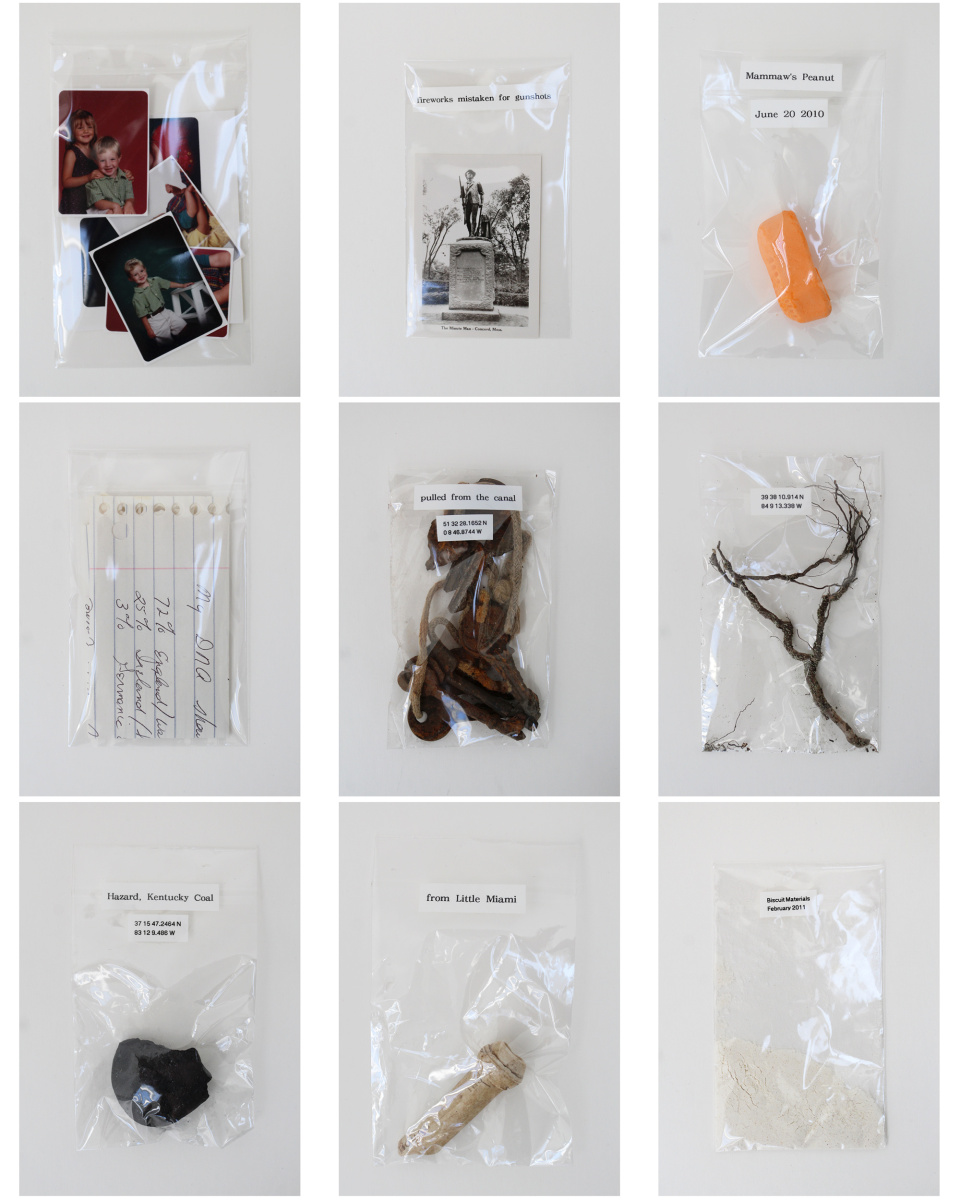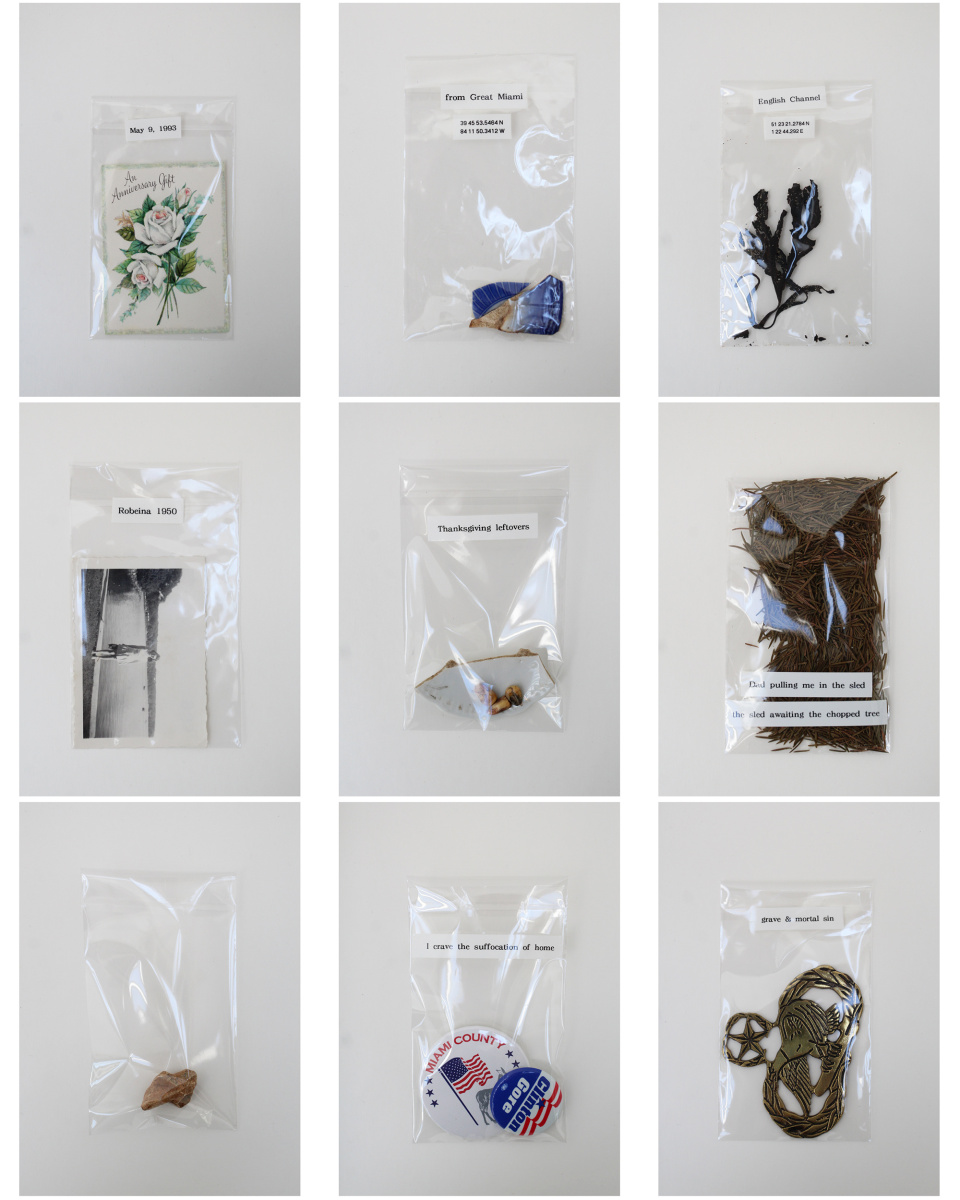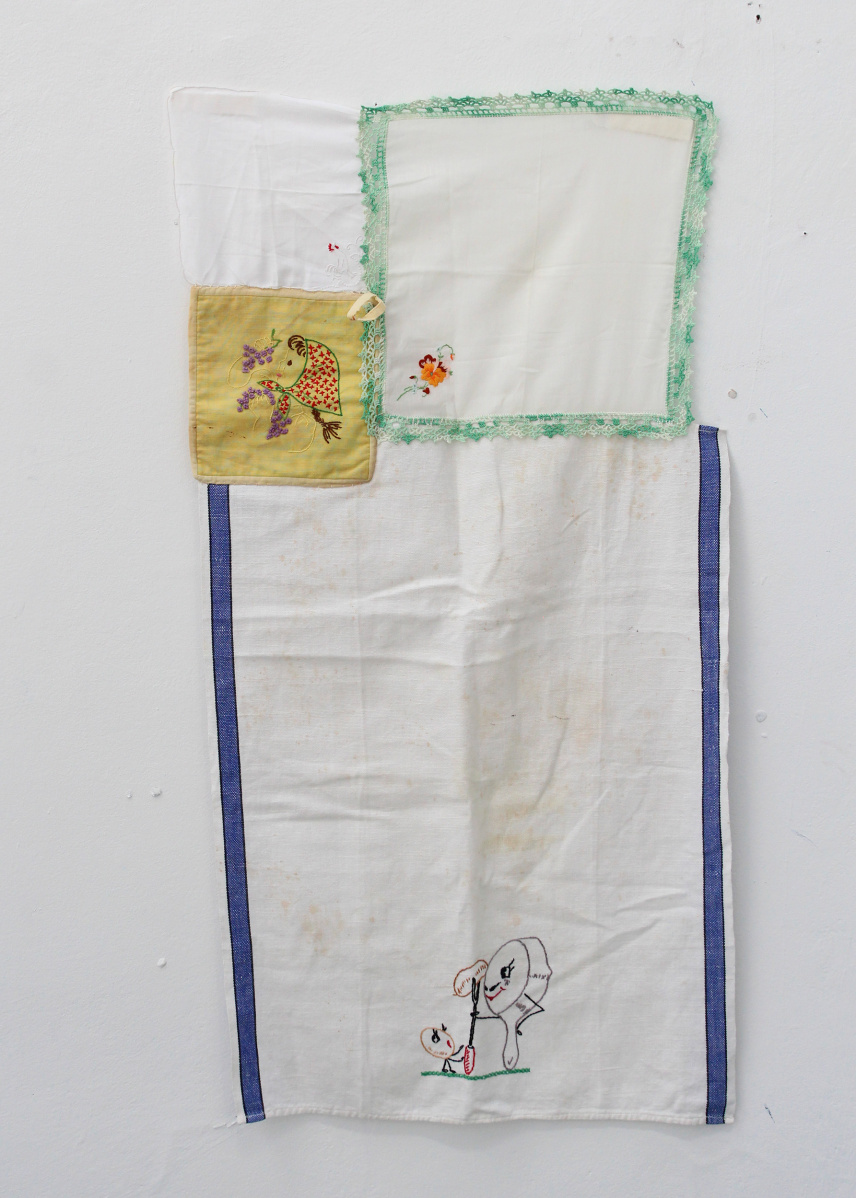Meg Klosterman
-
Previous
Next
Caption'In Loving Memory of Unkown', Meg Klosterman, 2020, 35mm colour film
©the artist
-
Previous
Next
Caption'Collection of Birthdays 2002-2006', Meg Klosterman, 2021, Mason jar, candles
©the artist
-
Previous
Next
Caption'Collection of Birthdays 1996-2002', Meg Klosterman, 2020, Mason jar, candles
©the artist
-
Previous
Next
Caption'End of the Season' diptych, Meg Klosterman, 2020, 35mm colour film
©the artist
-
Previous
Next
Caption'End of the Season- After' diptych , Meg Klosterman, 2020, 35mm colour film
©the artist
-
Previous
Next
Caption'July in the Suburbs', Meg Klosterman, 2020, 35mm colour film
©the artist
-
Previous
Next
Caption'Buddies', Meg Klosterman, 2020, 35mm colour film
©the artist
-
Previous
Next
Caption'Collection of Memories' 1/2, Meg Klosterman, 2021, baggies, found materials, labels
The work stems from a question: How can I carry a memory? The baggies are fragmentations and a sort of metaphor for how a memory is stored. All of the memories/baggies then come together to become something larger - a type of collective memory. This is cuttered and may even be considered confusing. Inanimate objects serve as triggers to intimate memories of home, place, family, and past collective and personal traumas. Fuelled by connotations, both the collected objects as well as the photographs serve as starting points to make connections.
©the artist
-
Previous
Next
Caption'Collection of Memories' 2/2, Meg Klosterman, 2021, baggies, found materials, labels
The work stems from a question: How can I carry a memory? The baggies are fragmentations and a sort of metaphor for how a memory is stored. All of the memories/baggies then come together to become something large r- a type of collective memory. This is cuttered and may even be considered confusing. Inanimate objects serve as triggers to intimate memories of home, place, family, and past collective and personal traumas. Fuelled by connotations, both the collected objects as well as the photographs serve as starting points to make connections.
©the artist
-
Previous
Next
Captionfrom series 'Family Portraits': 'Jewel', Meg Klosterman, 2020- ongoing, handkerchiefs, hot pad, kitchen towel, thread
'Family portraits' are intimate portraits of my women. Growing up, my mamaw (Estelle - my mother's grandmother), my grandmother (Jewe l- my mother's mom), my aunt (Amanda - my mother's sister), and my mother (Jennifer) were my superheroes. I grew up viewing these women as superheroes. Their stories were grounded in triumphing over struggle and finding their own diverse forms of empowerment. Throughout my growth into adulthood, I learned of the darkness embedded within their stories. My idolization and understanding of these women has changed and been challenged. These portraits resemble their stories and how I experience their presence in my life.
©the artist
-
Meg Klosterman – MA/MFA
Curriculum Vitae
Meg Klosterman – MA/MFA
Meg Klosterman (b. 1996 Dayton, Ohio, USA) is a London-based photographer, writer, and visual artist. Her work heavily relies on personal narrative and memory. The work speaks to how our past becomes our present - even a past we may not have lived ourselves. Before her MFA in Media, Meg completed a double major in Fine Art and Arts Administration from The University of Kentucky (Lexington, Kentucky, USA). Meg’s work has been exhibited in the US, UK, Poland and France.
The work explores relationships to people, places, and facets of identity through personal and collective, inherited memory. In my multi-faceted practice, there is a delicate line between the autobiographical and fictitious. The work reveres intimacy and sentimentality but diverges between loving and haunting and anger and affection. The work stems from a romantic yearning to find stability and refuge from past traumas in the hold of people and places. Triggers from inanimate objects point to intimate memories from past personal and inherited traumas and traditions. In the work, there is a willingness to share, an openness, and a confessional voice.
The two major themes of my work are storytelling and memory. The work tells stories of the ways we give, search for, and lose love-- perhaps as a way to cope. The acts of giving and receiving love exist in various dynamics. In the work, different types of love overlap and have conversations with one another. These include familiar love, sensual love, and love of place/home. Perhaps these loves allow us to connect to a feeling of childhood wonderment. Maybe holding tightly to our memories allows us to reconnect to a more naive, beautifully oblivious, blissful time.
The work heavily relies on the belief that we all share inherited systemic and personal traumas. Trauma is often only thought of as a specific incident or event that results in an immediate physical injury or colossal psychological pain. However, trauma can be as simple as how we are affected and built by our everyday experiences. It is an innate part of the human condition. Even if we try to pull away from these pressures and influences, they inevitably affect us in every aspect of our lives. The inherited conditions that we are born into exist primarily within our family dynamic and the place of our birth. We come to know ourselves through these structures. We all inherit a cultural collective memory, alongside our personal memories.
The use of film within my work is specifically important. Embedded in film is history, nostalgia, and preciousness. A photo is inherently a memory. I believe that in some way photographs can all be considered some sort of still life. I’m not so much interested in taking photos of people but rather their absence and feelings of longing for people, places, or past states of mind. In addition to photography, scale and collected objects contribute to sculptural works.
